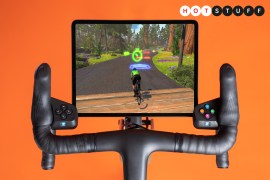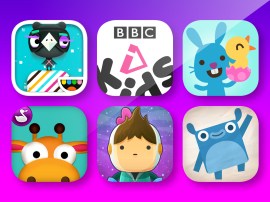Virtual reality: your questions answered
What's the deal with VR? We dig into the basics – and not-so-basics
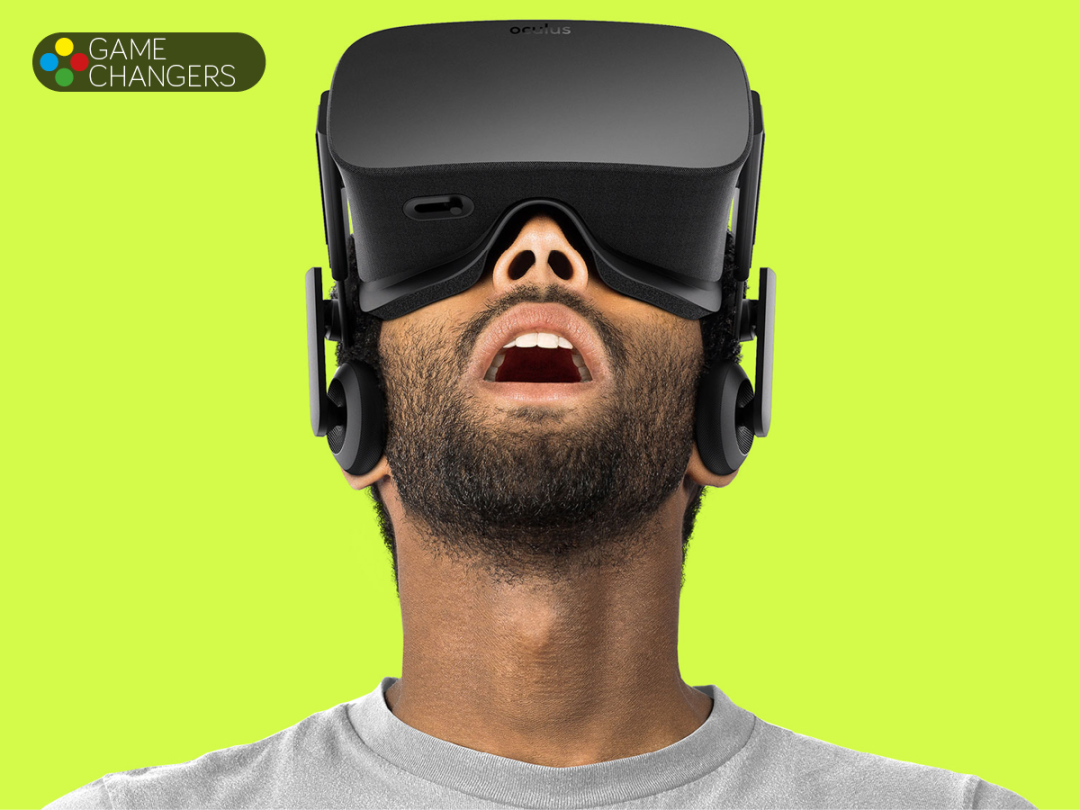
With this week’s release of the Oculus Rift, we’ve finally entered an era of high-end consumer virtual reality. And the rival HTC Vive is only a week away.
We’ve already got the Samsung Gear VR and entry-level Google Cardboard, with the PlayStation VR and myriad upstart options on the horizon. And there are rumblings that Apple, Google, and other major players are considering their options. In short: VR is about to be huge, and there’s plenty of reason to be excited.
However, VR is one of those things that everyone says you have to experience to truly believe and understand – and even if you’ve tried on the headsets, there’s a lot of variation in quality, design, and interactions between them. Luckily, we have a primer on all of the different headsets available now or soon, which you can click here to check out.
Still got a lot of questions about the coming explosion of VR awesomeness? Here’s what you need to know about VR.
1. What kind of games work with VR headsets?
Well, VR games, really: games that let you look freely around your environment in 360 degrees, whether it’s a first-person perspective or with your eyes as the roving camera. Your average TV or phone-based game isn’t designed for a VR headset, so don’t expect a library of thousands of games available from the start.
Luckily, there’s a lot of variance in the early lot: highlights include dazzling space shooter EVE Valkyrie, the hilarious Job Simulator, space station survival adventure ADR1FT, mountain-climbing trek The Climb, 3D platformer Lucky’s Tale, and minimal exploration game Land’s End. And studios are converting some of their best games from 2D screens, as well, with great sim racer Project Cars available for the Rift on day one. With PC games, it’s likely that the standard version of a game (found on Steam or elsewhere) will simply have VR support as an option, rather than developers selling separate VR-specific versions for each headset or all of them.
You may be able to play some 2D games in VR, as well: the Oculus Rift will bring in support for Xbox One games, letting you stream them from your console to your PC, where they’ll be beamed onto a virtual (flat) screen inside your headset. Valve is working on much the same for PC games for the HTC Vive.
Read More › The 10 best Oculus Rift games
2. How do VR controls work?

It all depends on the headset. With something like the Gear VR, your gaze handles a lot of the interactions, although there’s also a touch button on the size of the headset and optional support for game controllers.
With the Oculus Rift, early games will be controlled with the bundled Xbox One controller, but the new Oculus Touch motion controllers will follow later this year, allowing for a wider range of VR interactions.
The HTC Vive, on the other hand, already has large motion wands out of the box, complete with haptic trackpads. The PlayStation VR, meanwhile, will utilise both the PlayStation 4’s DualShock 4 gamepad and the PlayStation Move motion controllers, depending on the game.
3. Can I use VR while wearing glasses?
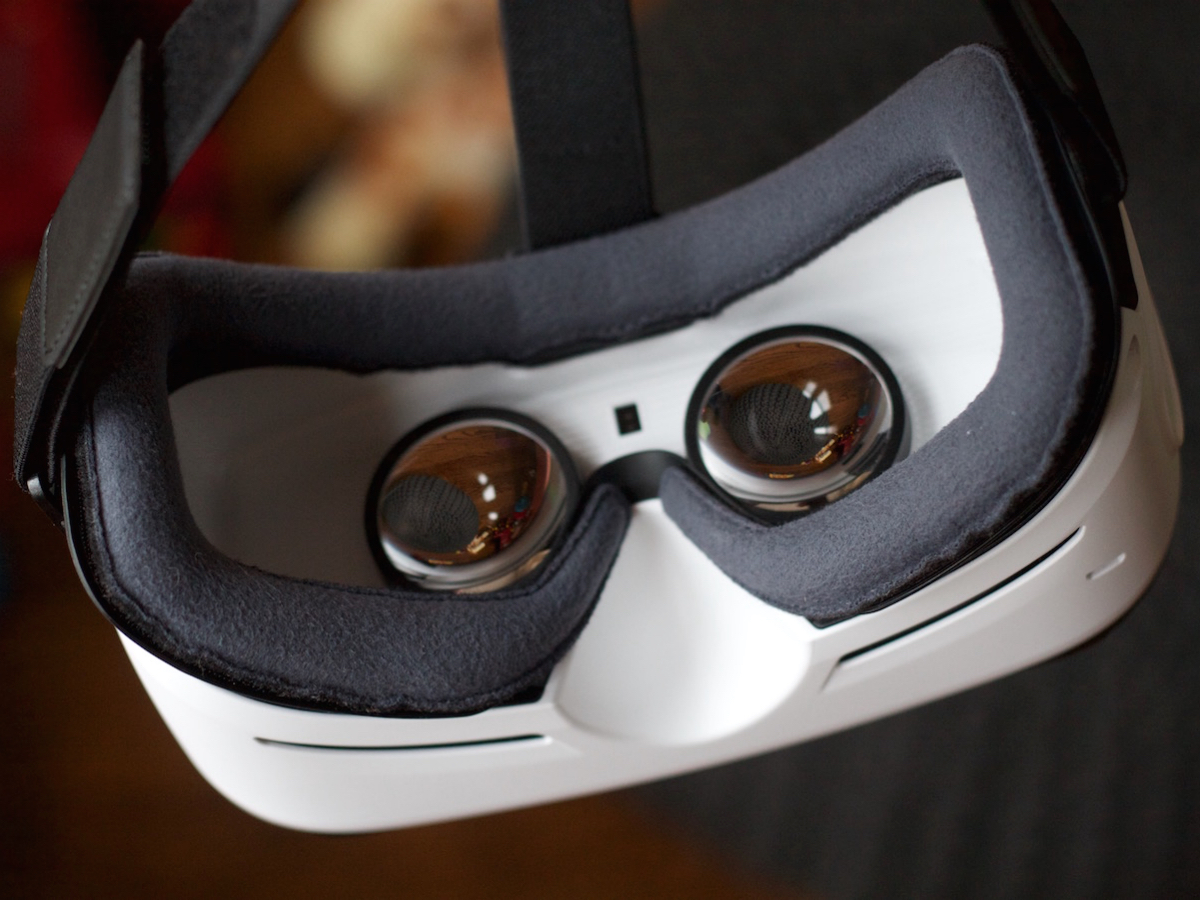
You can, but it’s not the most ideal experience. Using glasses with the Gear VR is feasible, but slightly uncomfortable: they’ll be jammed against your face and get dirty, which takes away from the immersion. The Oculus Rift is about the same: it’s not great, but it might be bearable. Your mileage will vary here.
Hopefully, this is something that headset makers continue to try to accommodate. Nearsighted folks might be able to play without glasses and still have a fine experience, but obviously that’s not the same for everyone. Hell, if you’re pretty serious about VR, it might be time to look into corrective eye surgery… or contacts, at least.
Read More › Samsung Gear VR review
4. I get motion sickness. Am I not VR-compatible?
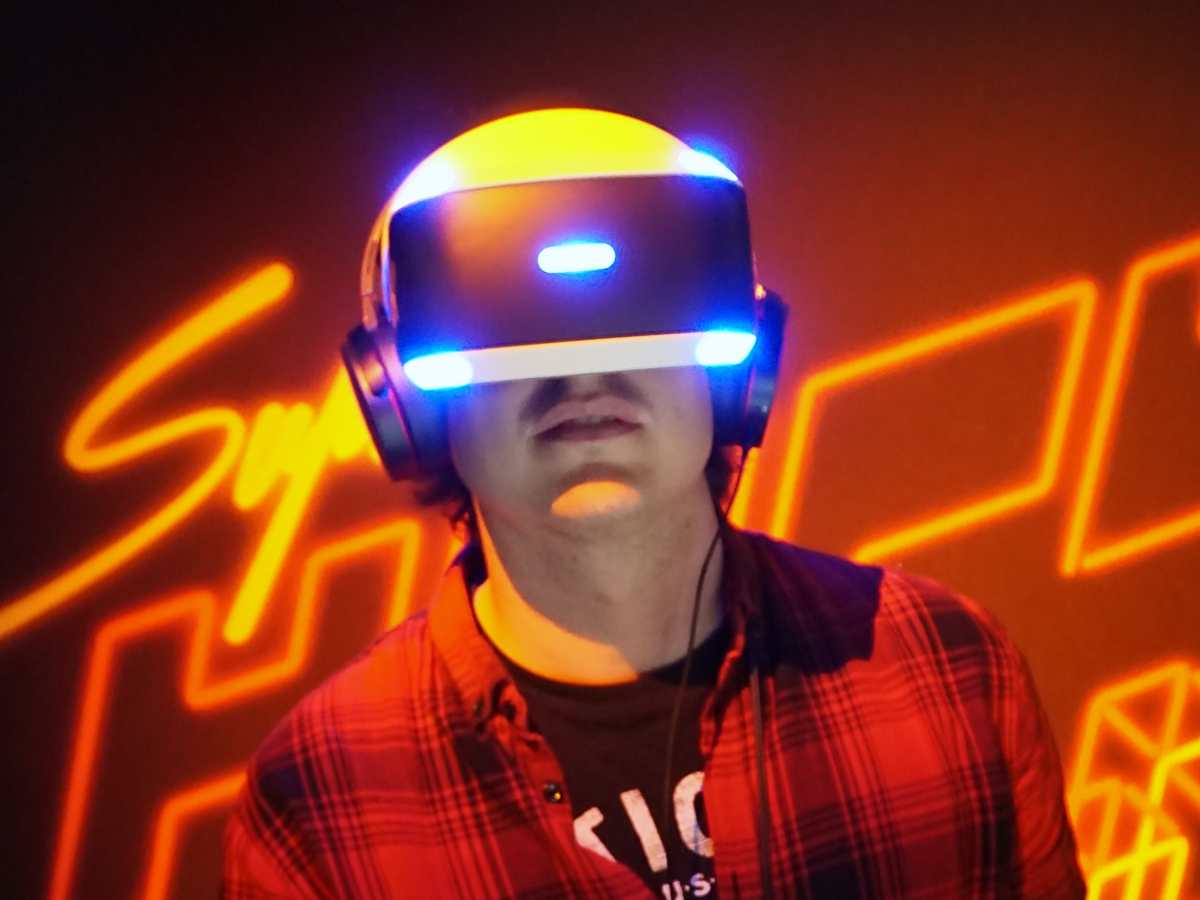
Maybe not right now, unfortunately. VR headsets have made vast improvements over the past few years, and as the screens get sharper and the refresh rate increases, the pervasive sense of nausea seems to be affecting fewer and fewer people. In a few years, with further advancements ahead, it might not be a problem for the vast majority of users.
But for now, your options are probably limited. From our own experience, the more time you spend with VR, the more you get used to the twists and turns that can send your stomach churning. That said, some games and apps are much more nauseating than others. In any case, you should absolutely try before you buy to avoid a messy, expensive outcome.
5. How much room will I need?
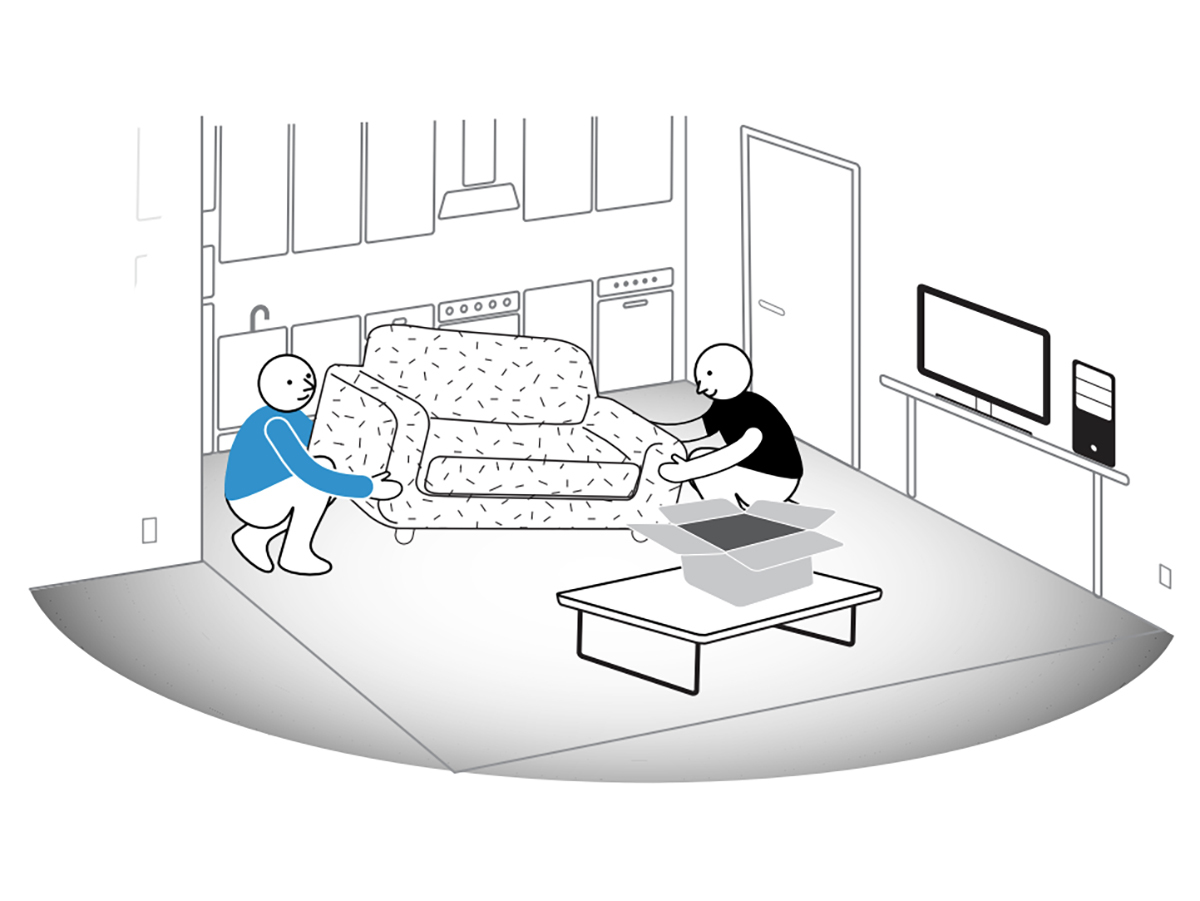
For the Gear VR and Oculus Rift from the outset, you won’t need much room at all: just a comfy chair to sit in, really, and a swivel chair can really help with movement in some games. You can stand while playing, too, but the Rift still shouldn’t require much space around you using the Xbox One gamepad. That will probably change when the Touch controllers come into play.
But the HTC Vive has motion controllers right out of the box, and they’ll need a bit of space: about 5ft x 6.5ft, which works out to approximately 1.5 metres x 2 metres. As the delightful illustration from the user manual shows, you’ll probably want to move the furniture out of range so you don’t accidentally topple over a table or couch.
Read More › Start shifting your furniture for the HTC Vive
6. Will I need to be tied to a PC or console?
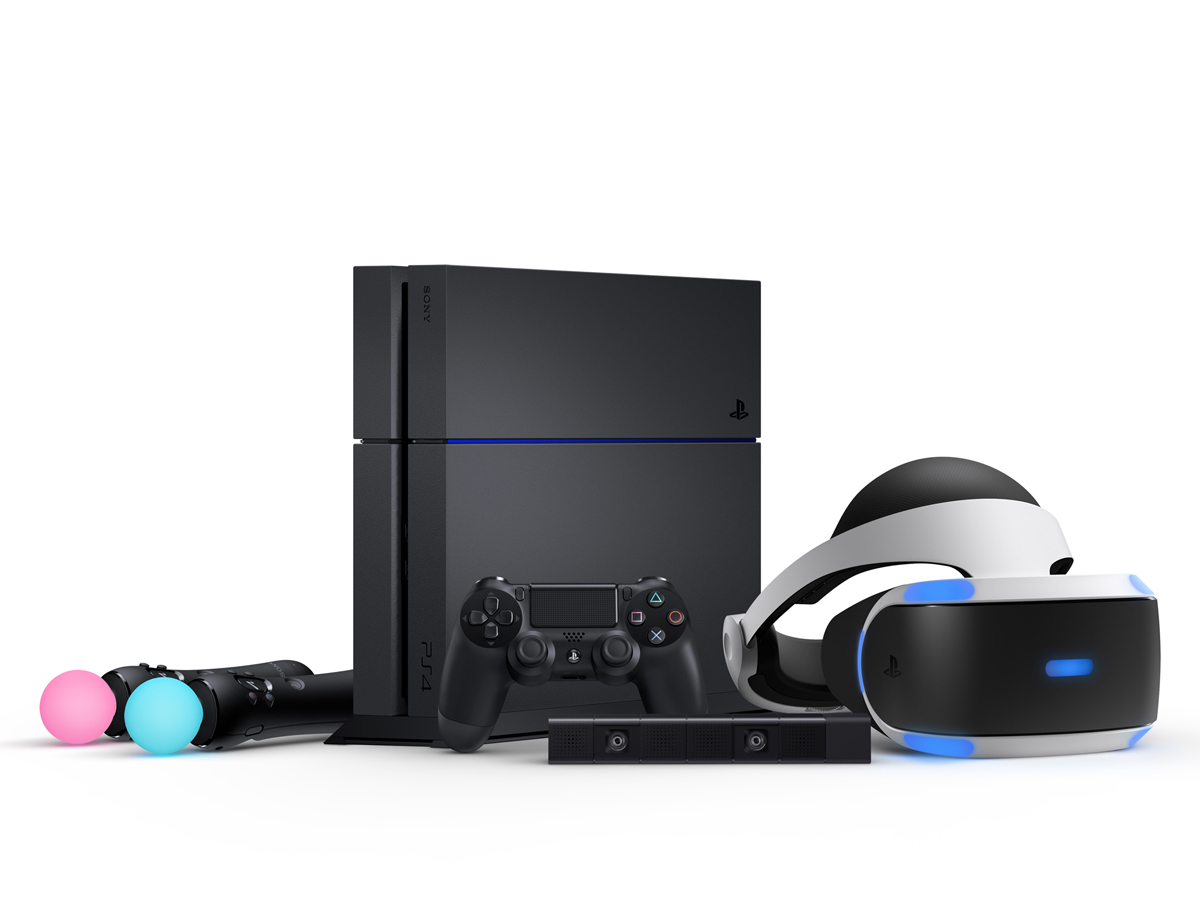
For a high-end experience, yes, you’ll definitely need to be tethered to a PC. Both the Oculus Rift and HTC Vive require a pretty serious gaming PC to run, and they’re fully wired experiences. The PlayStation VR, meanwhile, will require a PlayStation 4 to use; it’s considered a step down in from the Rift and Vive in capabilities, but then again, a PS4 is cheap compared to the kind of PC you’ll need for those other headsets.
The Gear VR, on the other hand, simply requires a compatible Samsung phone: just pop it into the shell and you’re good to go. Same for Google Cardboard, which works with a wider array of phones, but is a pretty meager VR experience.
Future headsets might drop the wires or offer all-in-one experiences, but for now, your choice is either being wired to a PC/console or going wireless with a phone.
7. How much is this all going to cost me?

We’ll be honest: the good stuff isn’t remotely cheap when everything is considered. The Oculus Rift headset itself is £500, but if you don’t already have a high-end gaming PC that meets its required specs, then you might drop upwards of £1,000 more to get compliant. It’s much the same for the HTC Vive, which sells for £689 before adding the PC cost.
The PlayStation VR is priced at £349, but requires a PlayStation 4 console (£300) and camera (£50). And the Gear VR shell only costs £100, but a compatible Samsung phone could cost you a few hundred quid off-contract.
Really, the only potentially cheap option here is Google Cardboard, since you can get a viewer for £10-15 and it works with most modern phones – so you’re unlikely to need a new device to use it. But the experience is very weak compared to the rest here.
8. What’s the difference between VR and AR?
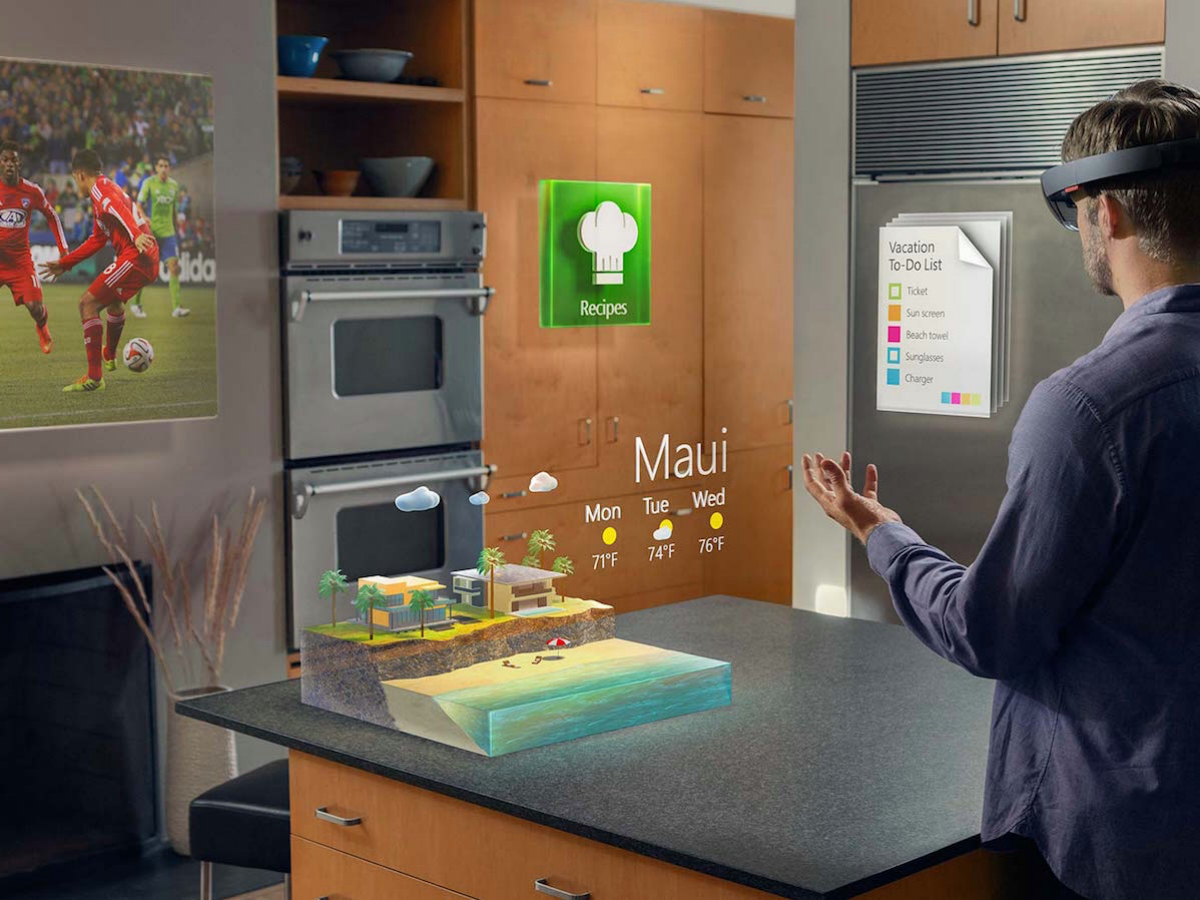
One is virtual reality and the other is augmented reality, but what does that really mean? Well, virtual reality is entirely digital: it’s essentially a 360-degree video game or experience that you’re immersed in.
Meanwhile, augmented reality overlays digital elements atop real-world images. Microsoft’s HoloLens is the biggest example to date, displaying menus, characters, and more on a small sheet of glass in front of your eyes so they appear in your world. Google Glass was augmented reality, too. Both of those are meant to be worn freely around the home, workplace, or world. Virtual reality isn’t that.
And we’ll probably see more mixed reality experiences, too, where VR and AR intermingle. The AMD-backed Sulon Q headset seems capable of that, assuming developers support it.
Read More › Microsoft HoloLens preview
9. Will first-gen VR headsets just be for playing games?
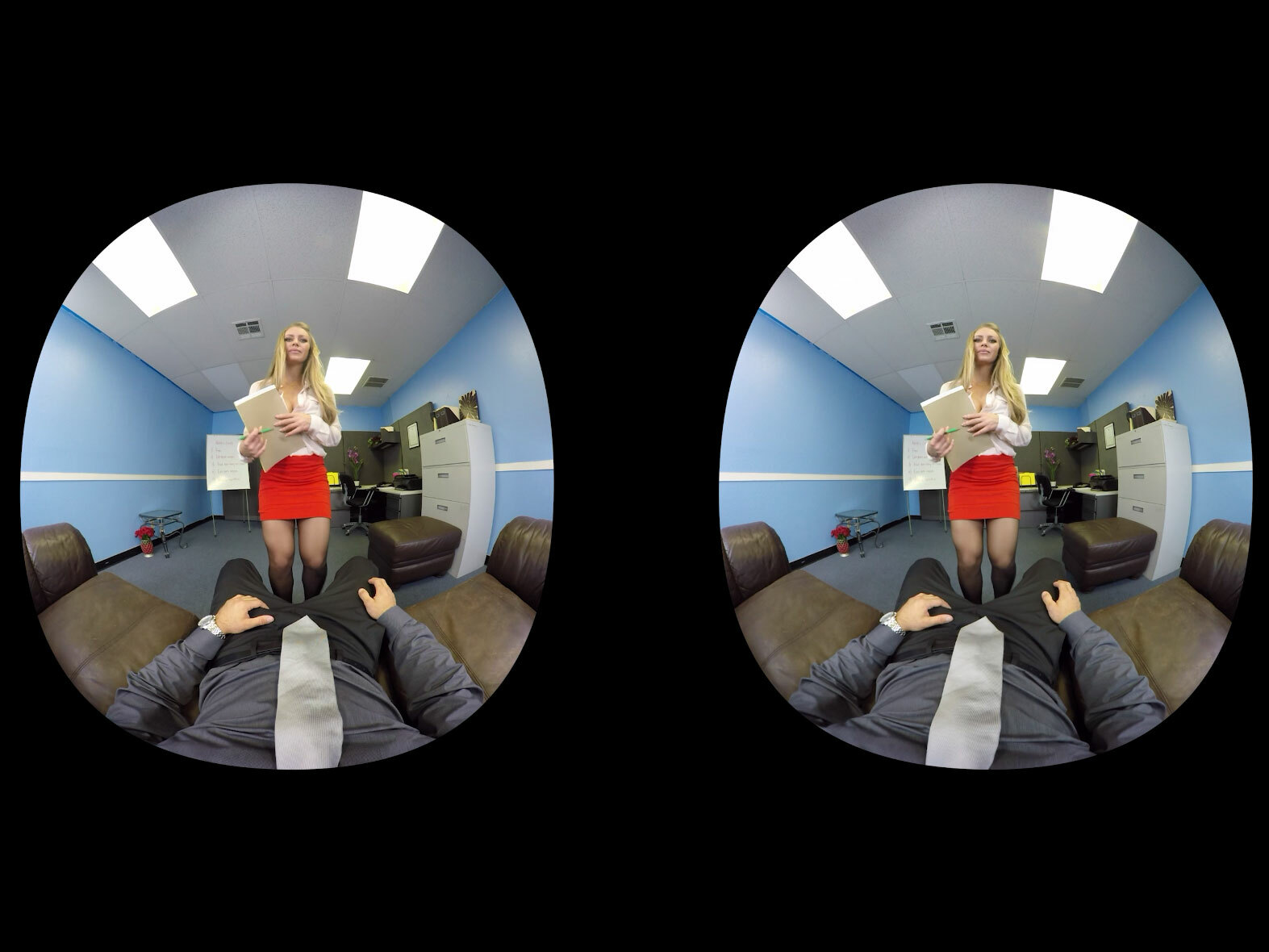
Not at all! Games are certainly the most visible application for VR, but there are also immersive short films and non-interactive experiences, along with web browsers and social applications.
Netflix is also available in VR, although it’s just video shown on a flat wall in a virtual screening room. There’s also VR porn, which… well, it’s VR porn. Use your imagination.
If VR really does catch on, we’ll surely see more and more things move into a VR world, including more applications of all sorts and perhaps feature-length films.
10. Where can I try out VR without buying a headset?
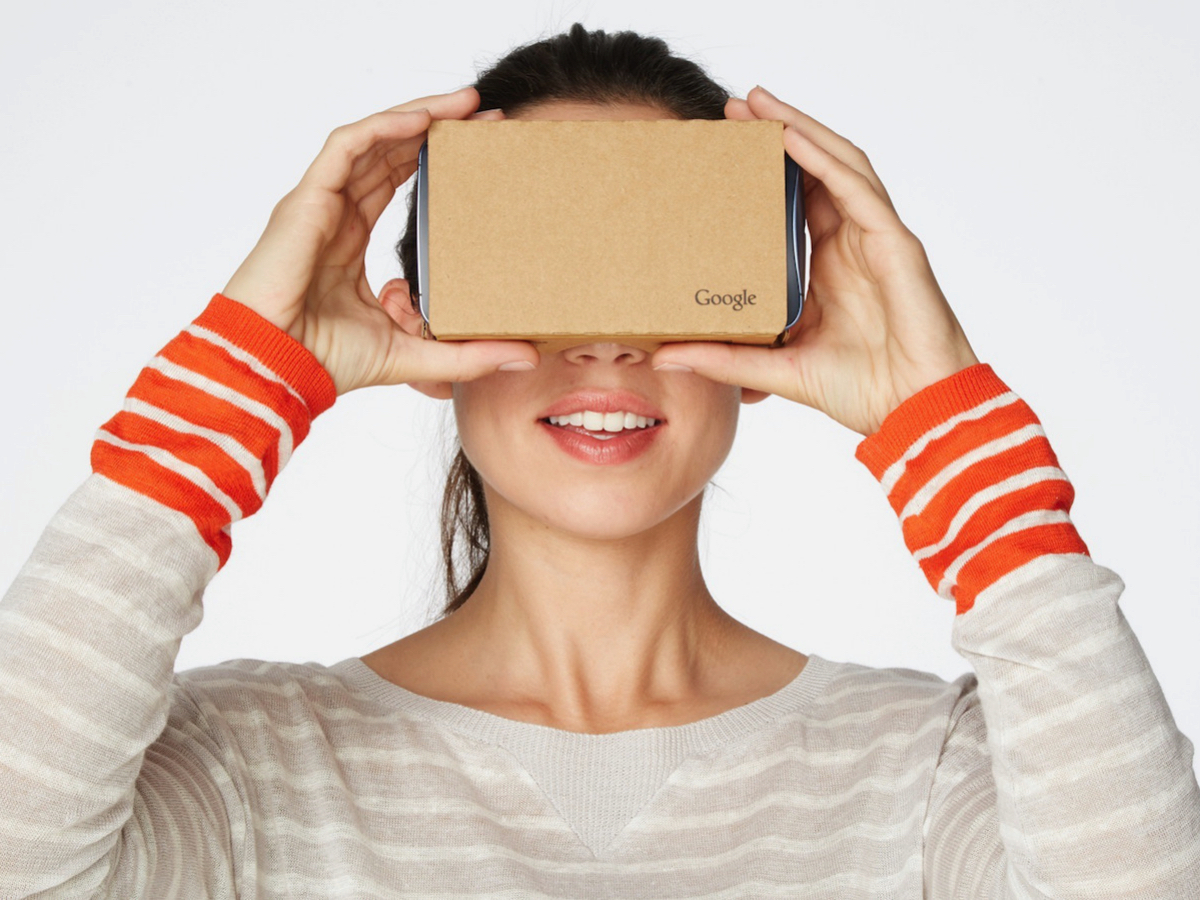
Ideally, this is the purpose of Google Cardboard: the viewers are extremely cheap to buy or even make, and companies often give them away with promotions. Cardboard apps don’t offer a lot of immersion, but they give a sense of what VR is. If you try it and you’re still interested, then perfect: see if you can find a way to try something better.
One step above Google Cardboard, you have generic plastic VR headset shells, most of which are compatible with multiple handsets and are available on Amazon. They’re essentially sturdier, more durable versions of Cardboard, and can vary in price.
In the UK, you can try the Gear VR at a Samsung Store, while Best Buy in the U.S. has their own demo units in select stores. You could even ride the Galactica rollercoaster at Alton Towers, but that’s obviously nothing like the typical home experience.
As for the Oculus Rift and HTC Vive, it’s not yet clear where demo stations might be established. With luck, you’ll have a mate with ample disposable income who decides to buy one, and you can just piggyback off of his/her generosity.
Read More › How to make Google Cardboard from scratch
11. Is there any way to avoid looking like an idiot? (from @MrWizzle_)
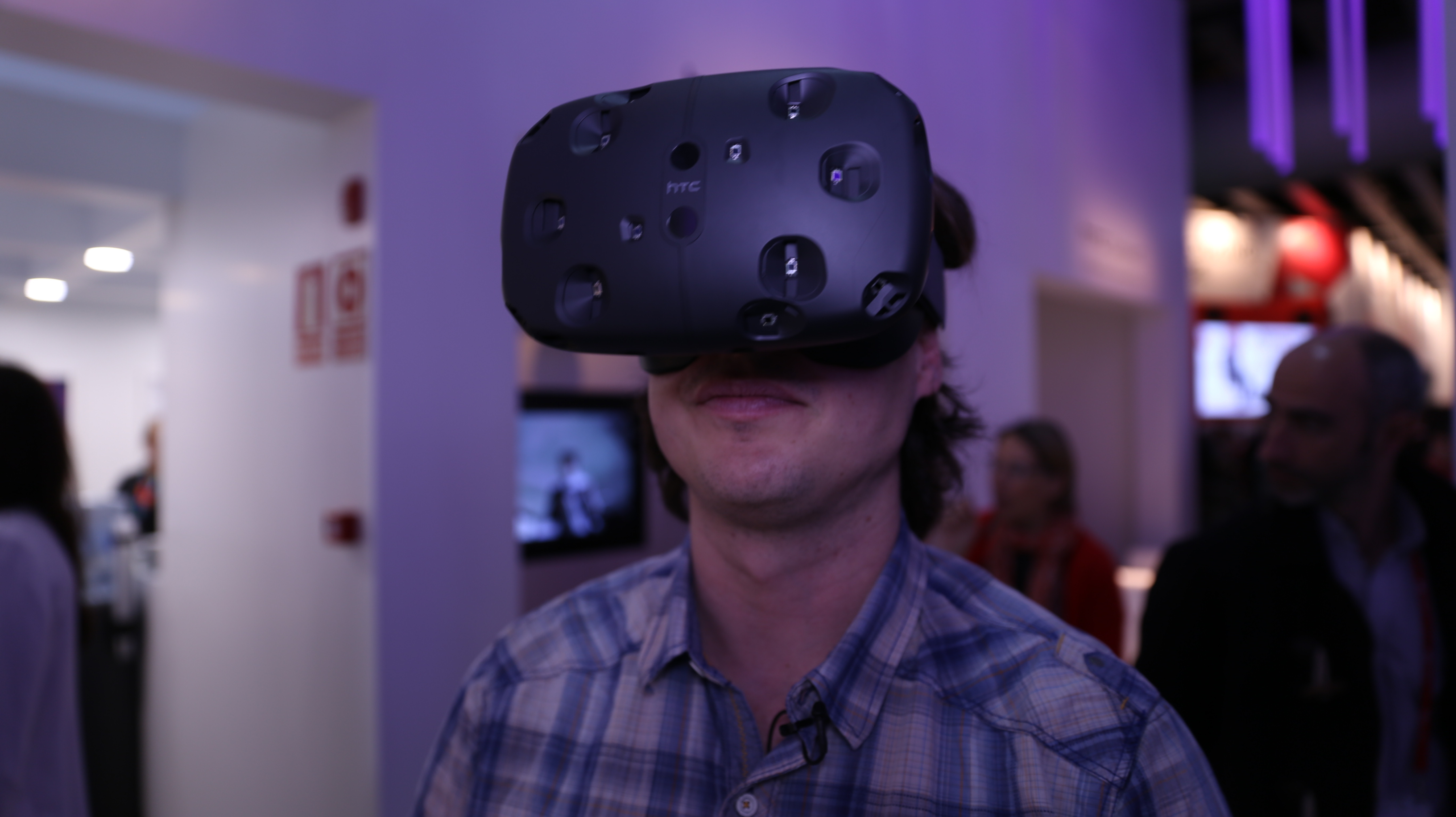
Absolutely not. But for the best of the early VR experiences, it’s well worth it. Trust us.

